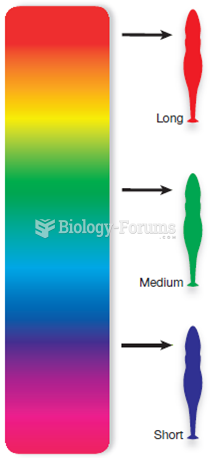Answer to Question 1
Answer:
Behaviors reflect stable traits most clearly when the behavior is low in social desirability, when it results in distinctive effects that can only be produced by one cause, and when the behavior is a matter of choice.
Answer to Question 2
Answer:
1. Internal/External: Internal attributions are when the cause of a behavior or action is presumed to be due to the disposition of the person carrying out the action. An external attribution is when the situation or something outside of the person is thought to have caused the action. One example of this is seeing someone fall on a walkway. An internal attribution would be to indicate that the person is clumsy and an external attribution would be to blame the frozen ice which caused them to fall. These types of attributions can be made using Kelley's covaration theory of causal attribution (e.g., consensus, consistency, and distinctiveness).
2. Controllable: Some behavior we believe is controllable and therefore might lead us to see the behavior as being caused by the person, while an uncontrollable event might be more likely to lead us to decide that there were situational or other factors beyond the person's control that made them behave this way. For example, if someone begins cursing in the middle of a store we might presume it is controllable and therefore something must have happened to upset this person. However, if we find out that this person has Turret's syndrome we might make another attribution.
3. Stable: Another dimension we consider when making attributions has to do with how stable the causal factor might be. If we have a friend who seems to always be tired during their morning classes, due to many late nights we could attribute this to a stable cause such as their extraversion and long list of social commitments. On the other hand, we might attribute the cause to something less stable for example, a temporary change in their work schedule.






